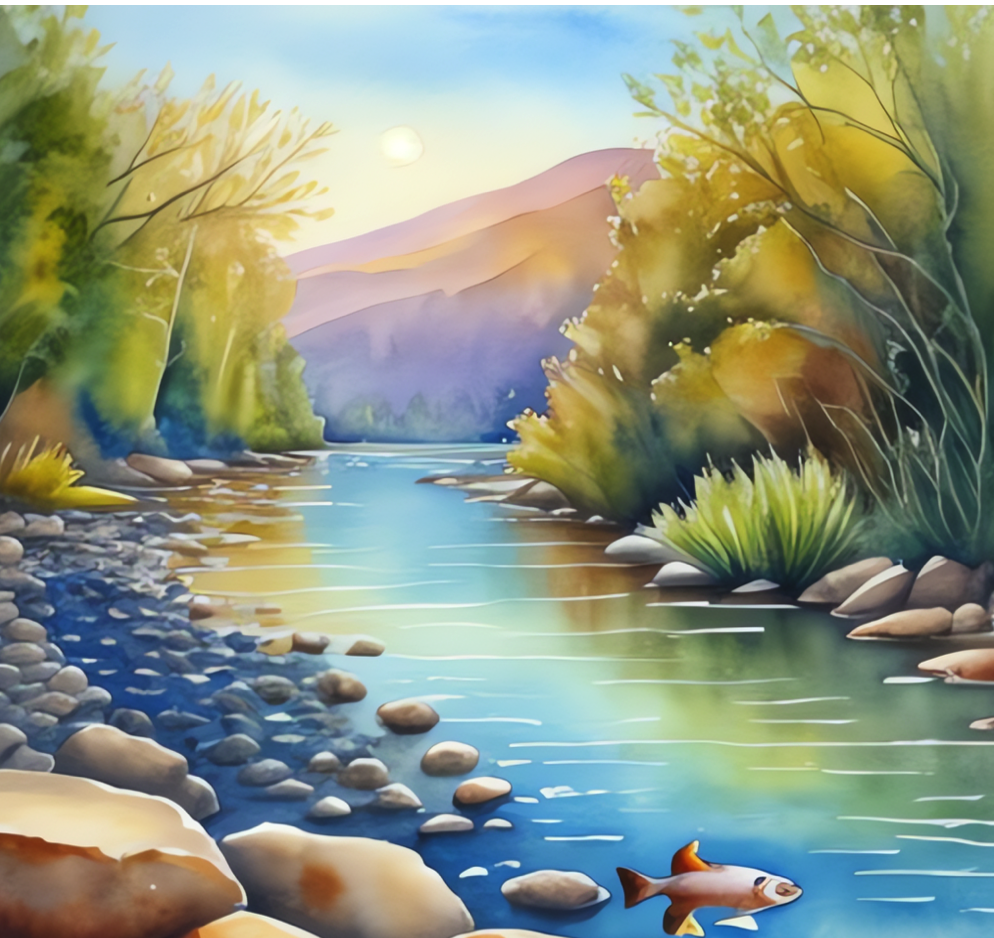Gone Fishing
This site is currently being updated ...

The Bunyan Bug
“Eventually, all things merge into one, and a river runs through it. The river was cut by the world’s great flood and runs over rocks from the basement of time. On some of the rocks are timeless raindrops. Under the rocks are the words, and some of the words are theirs. "I am haunted by waters.”
—A River Runs Through It
© 2025 Bunyan Bug All Rights Reserved
Gone Fishing
This site is currently being updated ...